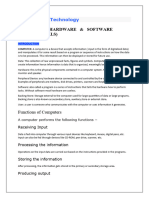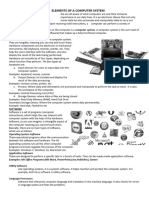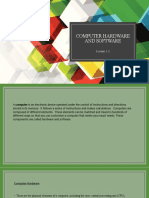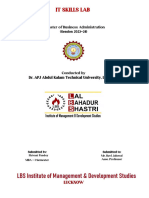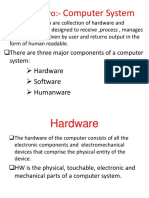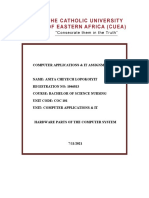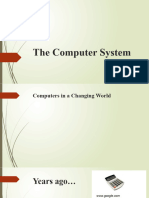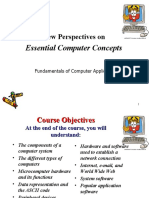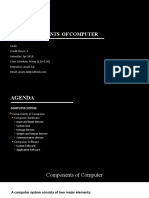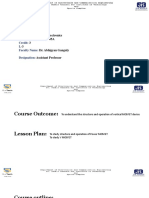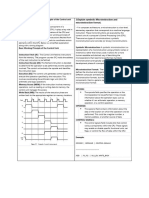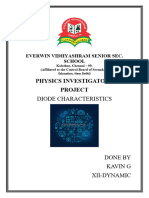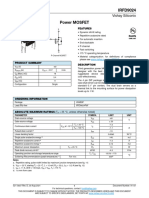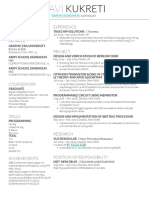0% found this document useful (0 votes)
54 views11 pagesPractical 1: Topic Computer and Working of Computer Computer
Uploaded by
Jatin SharmaCopyright
© © All Rights Reserved
We take content rights seriously. If you suspect this is your content, claim it here.
Available Formats
Download as DOCX, PDF, TXT or read online on Scribd
0% found this document useful (0 votes)
54 views11 pagesPractical 1: Topic Computer and Working of Computer Computer
Uploaded by
Jatin SharmaCopyright
© © All Rights Reserved
We take content rights seriously. If you suspect this is your content, claim it here.
Available Formats
Download as DOCX, PDF, TXT or read online on Scribd
/ 11
